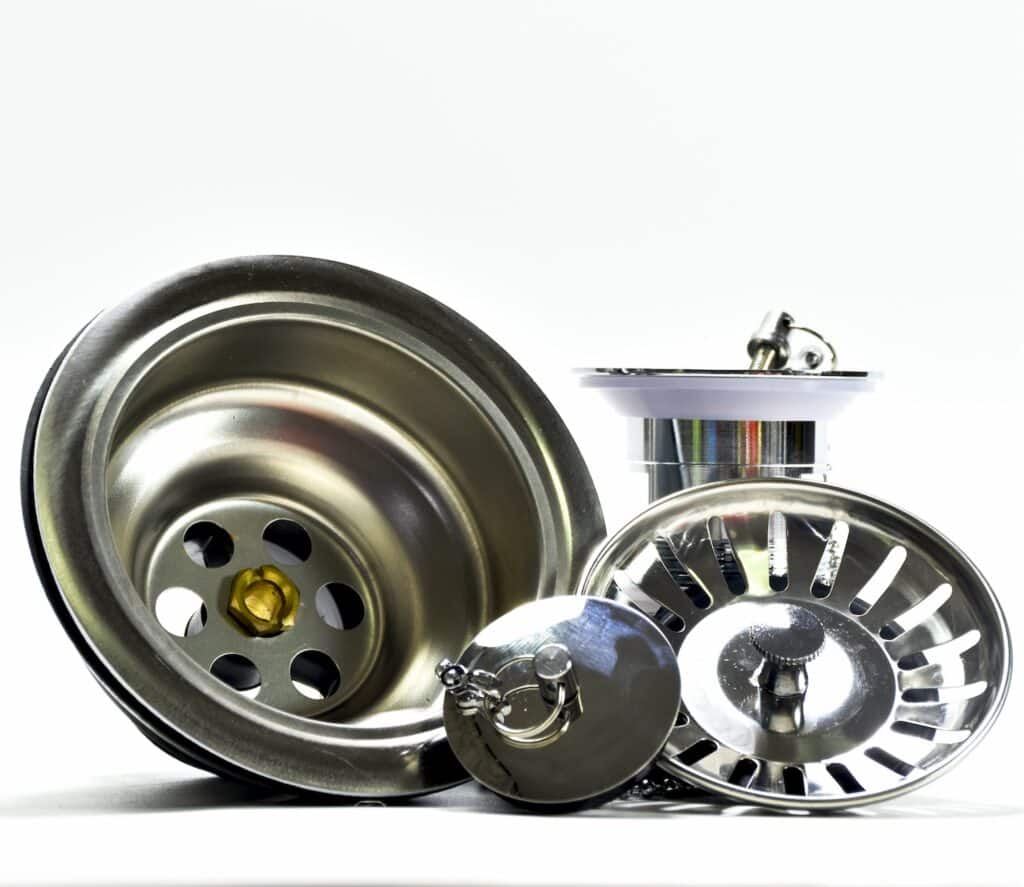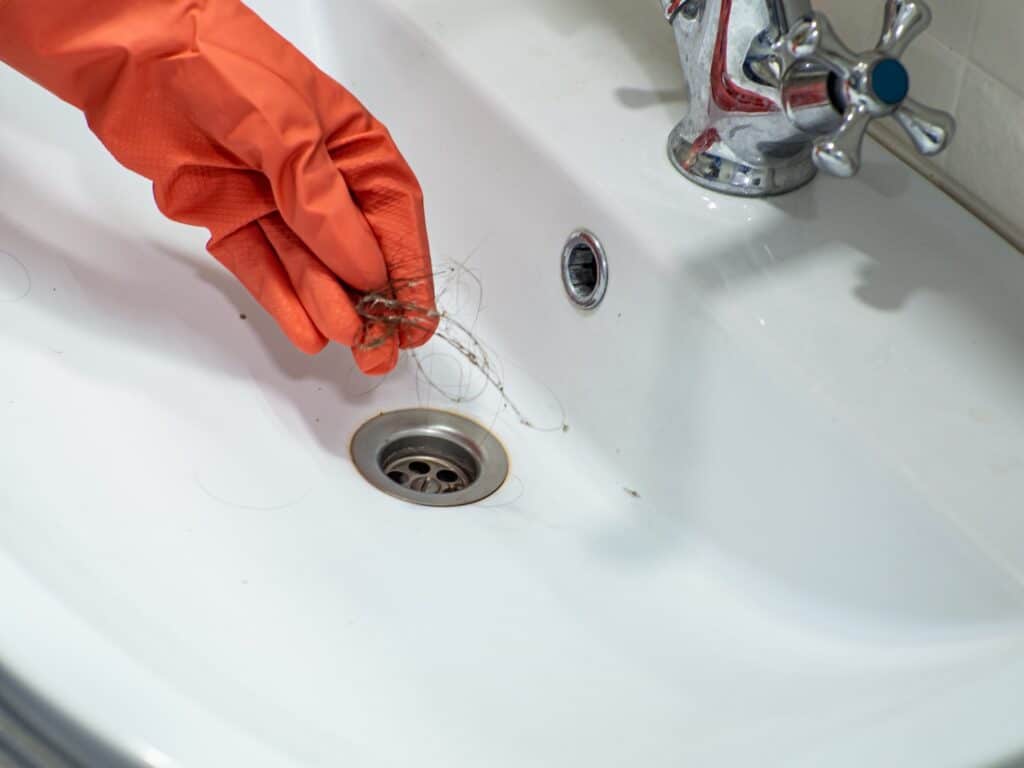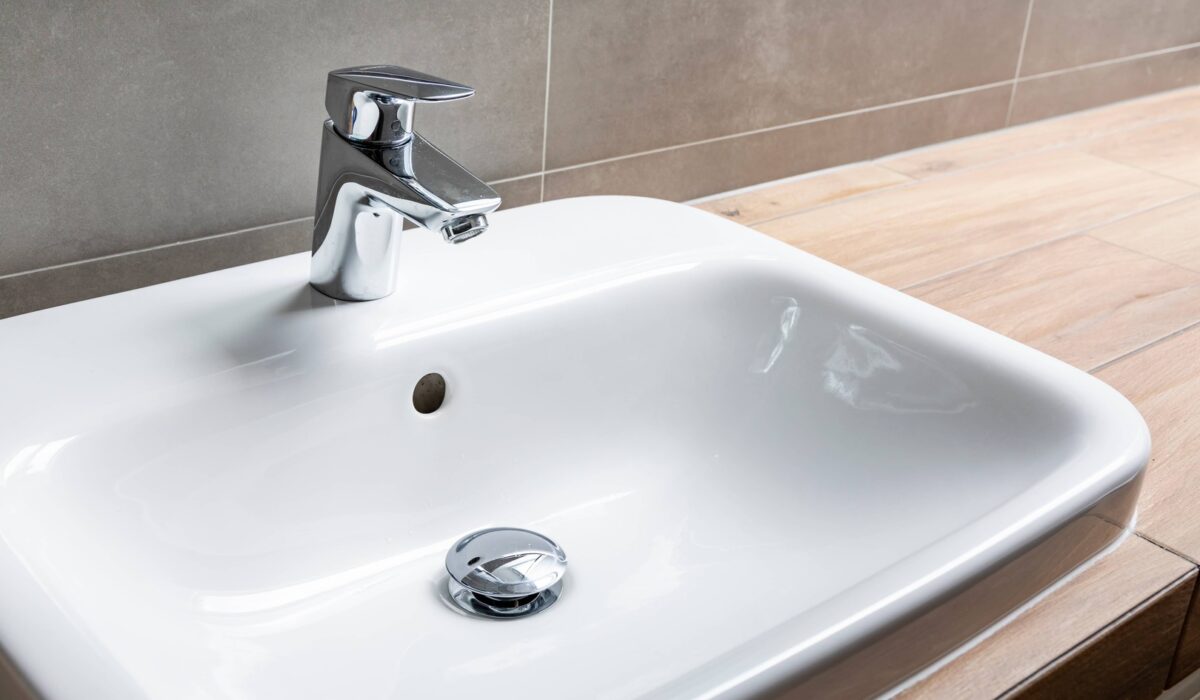A sink drain stopper plays a vital role in keeping your sink functional and clean, but when it gets stuck or clogged, it can become a frustrating issue. Whether you’re dealing with slow drainage, built-up grime, or a stopper that just won’t budge, knowing how to remove it can save you time and hassle. This guide will walk you through simple, effective steps to remove your sink drain stopper and get your sink back in top shape, no matter the type of stopper you have.
How Sink Drain Stoppers Work
Sink drain stoppers are small yet essential fixtures that help control water flow in your sink. They allow you to fill the sink for tasks like washing or soaking and seal off the drain to prevent unwanted debris from clogging your plumbing.
There are several common types of stoppers:
Toe-touch stoppers: Spring-loaded and work by pressing with your toe to open or close.
Push-and-pull stoppers: Operate by pulling up or pushing down to control the drain.
Lift-and-turn stoppers: Twist to open or close and are often secured with a set screw.
Pop-up stoppers: Activated by a lever or knob behind the faucet, connected to a rod mechanism.

Tools You’ll Need
Before starting, gather a few basic tools to make the process smooth:
- Screwdriver
- Pliers
- Flashlight
- Bucket or towel
- Cleaning brush or old toothbrush
Having these ready ensures you can handle unexpected challenges without pausing to look for supplies.
Step-by-Step Guide to Removing a Sink Drain Stopper
1) Identify the Type of Stopper
Look closely at your sink stopper to determine its type. If you’re unsure, gently test its movement—does it twist, lift, or pop up with a lever? Identifying this will guide your approach.
2) Prepare the Sink Area
Clear the sink and surrounding space to avoid a mess. Place a towel or bucket under the sink to catch any water or debris that might spill during the process.
3) Remove the Stopper Mechanism
4) Pop-Up Stoppers: Locate the pivot rod under the sink, typically attached with a clip or nut. Loosen the rod, then lift the stopper out of the drain.
5) Toe-Touch Stoppers: Twist the stopper counterclockwise to unscrew it. If it doesn’t budge, check for a screw beneath the stopper head.
6) Lift-and-Turn Stoppers: Hold the stopper’s base while twisting the top knob. If there’s resistance, look for a set screw under the knob and loosen it with a screwdriver.
7) Check and Clean the Drain
Once the stopper is removed, inspect the drain opening. Clear out any debris, hair, or buildup using a cleaning brush or your hands (wear gloves if necessary). Cleaning this area prevents future clogs and keeps the drain running smoothly.
8) Reinstall the Stopper or Replace If Needed
To reinstall, follow the removal steps in reverse. Ensure the stopper fits snugly and the pivot rod or screws are securely reconnected. If the stopper is damaged or worn, consider replacing it with a new one that matches your sink.
Common Problems and How to Solve Them
- Stopper Won’t Come Out: Check for hidden screws or tight pivot rods. Use gentle force and avoid prying, which can damage the stopper or drain.
- Drain Remains Slow After Removal: Deeper clogs may require a plumber’s snake or professional intervention.
- Damaged Stopper or Rod: Replacement parts are widely available at home improvement stores and online.

Other Recommended Maintenance
To keep your sink in great condition, try these simple maintenance tips:
- Clean your sink stopper and drain regularly to prevent buildup.
- Use a drain cover to catch debris before it reaches the pipes.
- Inspect the area under the sink for leaks or signs of water damage.
- Avoid pouring grease, oils, or heavy food particles down the drain.
When to Call a Professional
While removing a sink drain stopper is a manageable task for most homeowners, some situations require professional help. Call a professional if the stopper is severely stuck, the drain remains clogged despite your efforts, or you notice underlying plumbing issues like leaks or corrosion. A trained inspector or plumber can resolve these problems safely and efficiently.
Conclusion
A sink drain stopper doesn’t have to be a pain to remove. With the right tools and steps, you can clear clogs, clean your drain, or replace a faulty stopper with ease. If you encounter more significant plumbing concerns or want peace of mind knowing your entire system is in good shape, call Edifice Inspections today to ensure your property’s plumbing and other systems are running smoothly.

